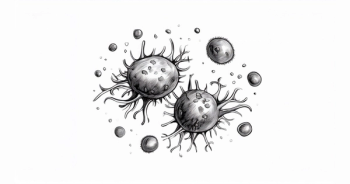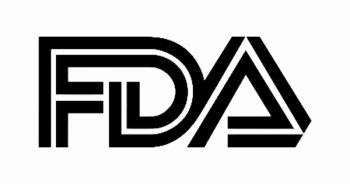
Promising Efficacy for Tigilanol Tiglate in Advanced Soft Tissue Sarcoma
A phase 2a trial shows tigilanol tiglate achieves an 80% response rate in soft tissue sarcoma, offering hope for effective treatment options.
Findings from the QB46C-H07 phase 2a clinical trial (NCT05755113) demonstrated an 80% objective response rate (ORR) based on best observed response (BOR) in patients with soft tissue sarcoma (STS) treated with the small molecule tigilanol tiglate (Stelfonta), with recurrence observed in completely ablated tumors at 6 months.1 These results are particularly encouraging for a patient population facing a rare and aggressive cancer with limited treatment options.
STS represent a heterogeneous group of malignancies originating in the body's connective tissues. In 2023, approximately 128,000 new cases of STS were reported globally, with an incidence rate increasing by 0.54% annually. The often challenging nature of STS treatment underscores the urgent need for novel therapeutic strategies.
Key Efficacy and Safety Outcomes
The stage 1 pilot study included 11 patients, with 10 deemed evaluable for response assessment, all of whom received intratumoral injections of tigilanol tiglate. The primary efficacy end point, ORR of injected tumors, was met with 8 out of 10 evaluable patients (80%) achieving either complete ablation (100% reduction in volume) or partial ablation (≥30% reduction in volume) of their treated tumors or tumor segments. At the tumor level, 22 of 27 (81%) injected tumors across all patients demonstrated a complete or partial response, with 14 tumors achieving complete ablation and 8 showing partial ablation.
A particularly noteworthy finding is the durability of response observed in completely ablated tumors. None of the 14 tumors that achieved complete ablation had recurred at the 6-month follow-up period, suggesting that tigilanol tiglate may provide long-term benefit. Patients received a median of 2 treatments (range, 1-5).
Regarding safety, tigilanol tiglate was generally well tolerated among all 11 treated patients. Most adverse events (AEs) were anticipated and localized, consistent with the drug's mechanism of action, including local pain, swelling, and necrosis at the injection site. No new safety signals were identified in this patient cohort.
Mechanism and Clinical Implications
Tigilanol tiglate is a novel small molecule designed to induce tumor necrosis and vascular disruption through intratumoral injection. The observed clinical activity across multiple types of soft tissue sarcoma is promising. Edmund Bartlett, MD, principal trial investigator at Memorial Sloan Kettering Cancer Center, highlighted the encouraging nature of these findings and expressed anticipation for further integrating this treatment into the care of patients with STS in a press release.
“The clinical activity of tigilanol tiglate, which we observed in multiple types of soft tissue sarcoma, was encouraging. I look forward to expanding our experience with this treatment and determining how to integrate it into the care of patients with soft tissue sarcoma,” Bartlett said in the press release.
Future Directions
The positive efficacy and safety outcomes from stage 1 have supported the progression of the QB46C-H07 study to its expansion arm, stage 2. This ongoing stage aims to further delineate the clinical utility and therapeutic potential of tigilanol tiglate in patients with STS and is set to open shortly at Memorial Sloan Kettering Cancer Center.
Stage 2 will enroll up to 40 patients with angiosarcoma, leiomyosarcoma, myxofibrosarcoma, and other mixed-origin sarcomas. Along with the primary end point of ORR, secondary end points include incidence of AEs and systemic exposure.2










































